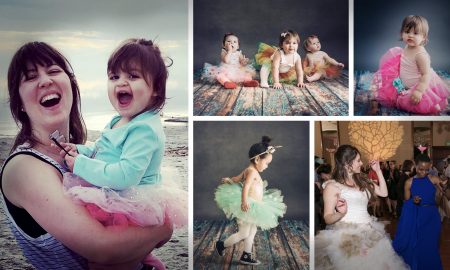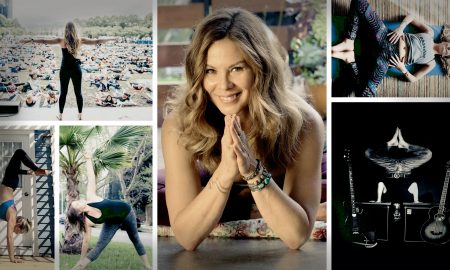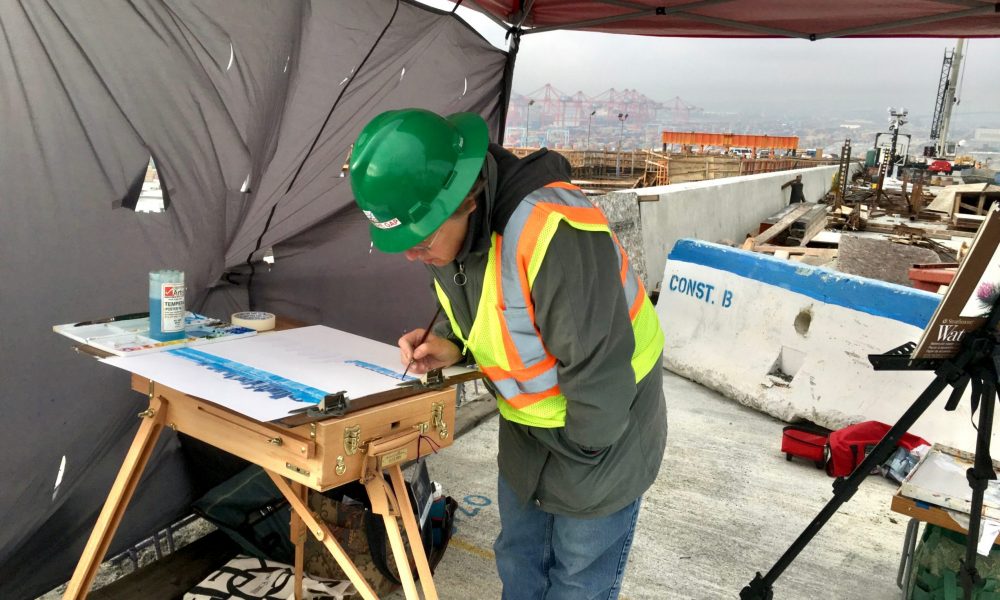

Today we’d like to introduce you to Helen Cox.
Helen, we appreciate you taking the time to share your story with us today. Where does your story begin?
I’d always grown up with art. When my siblings and I were toddlers, my mother wanted to keep us quiet while my father wrote. There are vague memories of sitting in a highchair with paper and crayons.
Thus, it is no surprise I ended up studying art, first at Boston University’s School for the Arts and then many years later, after retirement, at California State University, Long Beach. I taught and administered art programs for thirteen years—ten in Boston, MA; three in Long Beach, CA. During this time, working with at-risk youth in poverty neighborhoods, I became interested in the development of literacy and the parallels I saw between the development of art and language in young children. While teaching middle schoolers in Long Beach, I transitioned to the school library, where I worked with the same population for the next fourteen years, using my art to renovate two school libraries and creating interdisciplinary programs with a focus on reading.
Simultaneously, I journeyed from a homogenous childhood to a multi-cultural, diverse environment, which has stimulated and nurtured me the rest of my life.
T. S. Eliot said: “We shall not cease from exploration, and the end of all our exploring will be to arrive where we started and know the place for the first time.” So my own exploration has been—when I returned to making art.
At the young age of 55, physically and emotionally exhausted from years of challenging work, I was fortunate to be able to retire before I became fossilized. Taking a year to regroup and rest, it was natural to drift back to an earlier form of fulfillment—making art. With a lifetime of experience and the self-discipline to work hard at something, I devoted myself to my art. It is, perhaps, the most selfish thing I have ever done, balancing all those years dedicated to the needs of others.
It took a certain level of commitment to making serious art for me to call myself a professional artist, although my love of art materials and creating things has been lifelong.
Would you say it’s been a smooth road, and if not what are some of the biggest challenges you’ve faced along the way?
Too many challenges in my life to list them all, but I will tell you of my earliest challenges which epitomize how I have approached life.
I was hands down, the worst painter in my freshman class at Boston University. Not so bad in sculpture, but my visualizations were all in paint. When I announced my major, my fellow students were shocked. “But Helen,” they exclaimed, “I thought you would major in sculpture!” What they did not say, although it was clear from their surprise, was what a lousy painter I was. Convinced I could learn, I stuck with it, and by the end of my junior year I was recognized by the guru of the painting department as a promising landscape painter.
“Back in the day” as young undergraduates, we were told that to be an artist you had to work alone in a studio, eight hours a day, five days a week; that to teach was a failure (this, by teachers!); and that it was a lonely and frustrating career. This had little appeal, so at the end of my junior year, I appalled everyone once again by taking a year off. They were convinced I would not return.
During a year of monotonous work at a bank and much thought, I landed on the most practical approach and decided to return to school to major in art education. As I sat in the office waiting to speak to the dean, one of the painting professors welcomed me back and asked what I planned to do. When he heard I was going to switch majors, he declared: “I hate to see you throwing your life away.” It turns out he was absolutely wrong. I immediately knew I was in the right place, and I loved teaching art. My life has been emotionally rich and deeply satisfying.
Can you tell our readers more about what you do and what you think sets you apart from others?
I enjoy a variety of materials and themes and apply whatever is required to fulfill the creative impulse. I tend to be passionate about what I am doing and enjoy the struggle, but when I have expressed the idea fully, I am done. Thus, I work in series which tend to be several years long and change dramatically in content, although I may return to the similar themes in new forms later on.
For several years I documented the construction of Long Beach’s new bridge—on location—standing on top of the half-completed bridge near the edge of the drop, among the cranes. This allowed me to explore my love for the geometry and complexity of the harbor. Millennials, portraits of young people, peeled back their social veneers revealing the vulnerable persons underneath. Through my work with models, I strengthened my understanding of the figure. Most recently, a deep emotional response to the political turmoil of the past few years motivated the series Black Lives Matter: Entering an Era of Rebellion. I used both painting and printmaking to push my development of imagery and materials.
Between the intellectual challenge of developing my painting skills, the physical strenuousness of painting on the bridge, and the emotional energy that went into the political series, I needed a break. It came in the form of an enormous 13-room dollhouse left for free on a neighbor’s curb which I am renovating and transforming into a storybook dollhouse. Each room will feature a classic children’s book. My interest in literacy has once again found voice in art.
As I work on the playful vignettes of my favorite childhood stories, ideas for future art series are percolating. I have to document my new grandson and his fabulous array of facial expressions. A political series is forming about the destruction of our personal freedoms in this country—for women and the LGBTQ+ community. And I want to explore a different use of paint—looser and less controlled—as well as exploiting the combination of paint and printmaking.
What was your favorite childhood memory?
Rambles in the countryside, my grandmother’s house, picnics at the lake, trips to the ocean. I grew up in central New York, outside Ithaca, and my grandmother lived in central Pennsylvania. The countryside is beautiful and I am always filled with nostalgia when I conjure up those memories.
Combinations of sights and smells are favorites: Autumn leaves with their impossibly intense colors, musty smells, and crunchy dryness; early winter snows that silence the world and squeak under your boots; the first bulbs in spring—when you are sick of that snow—poking green hopeful tendrils through the ice, and the smell of good, wet earth that promises growth. We were free to ramble when I was a child—riding our bikes around the neighborhood or out to country fields, exploring the slate cliffs for fossils, clamoring over seaweed-covered rocks at the ocean to find sea urchins, starfish, and tiny crabs.
Contact Info:
- Website: www.helenwernercox.com
- Instagram: https://www.instagram.com/helenwernercox/
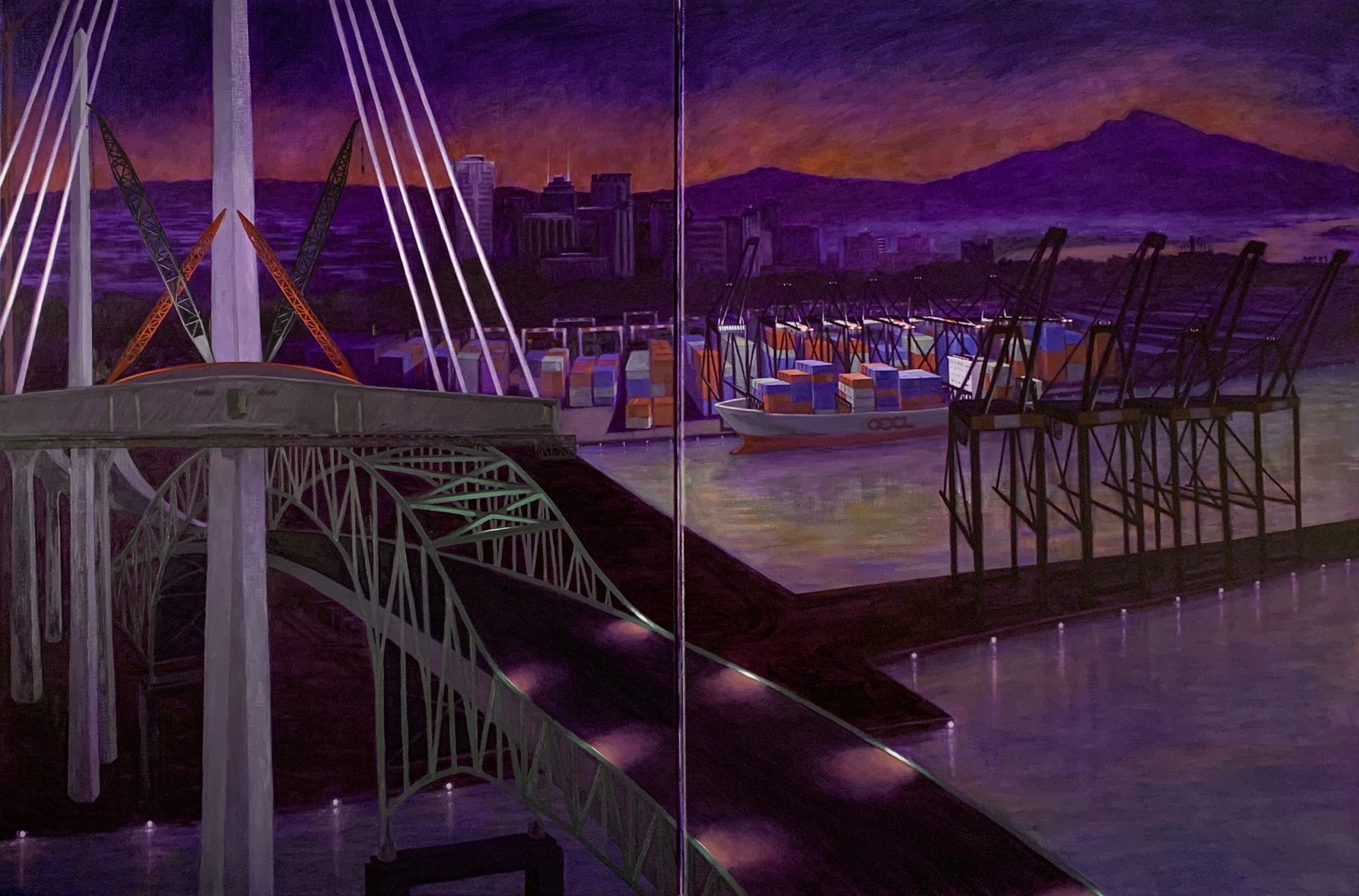
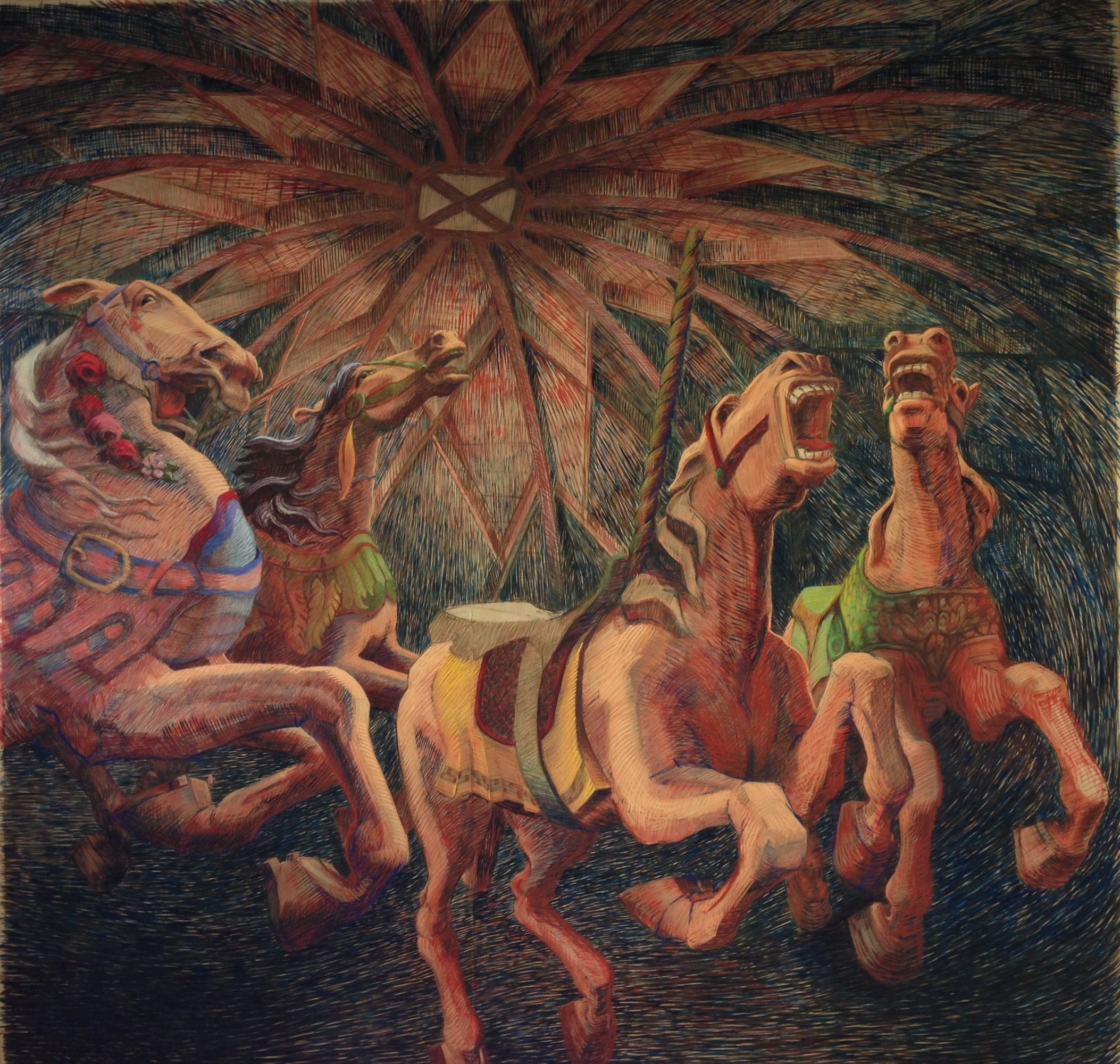
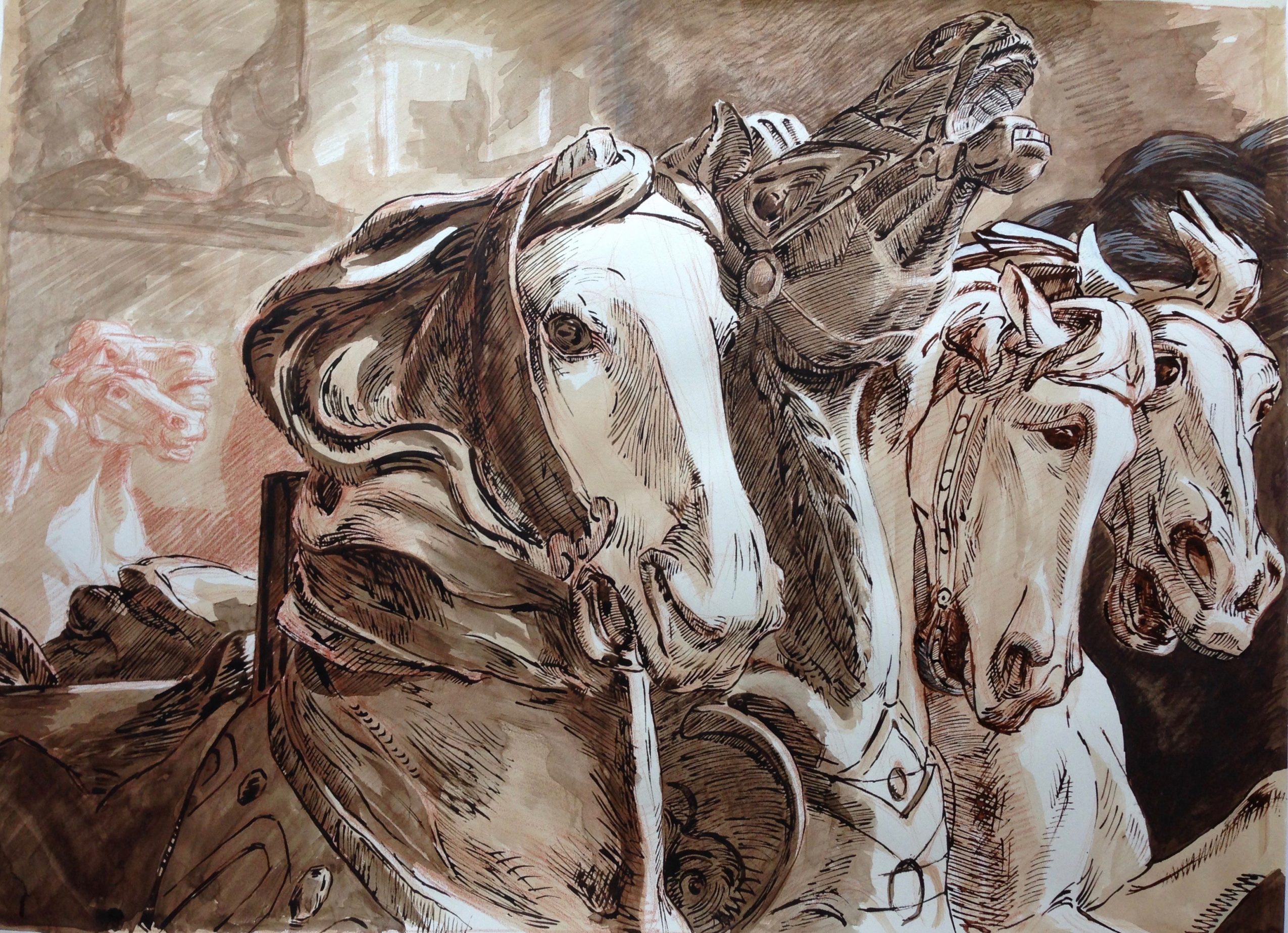
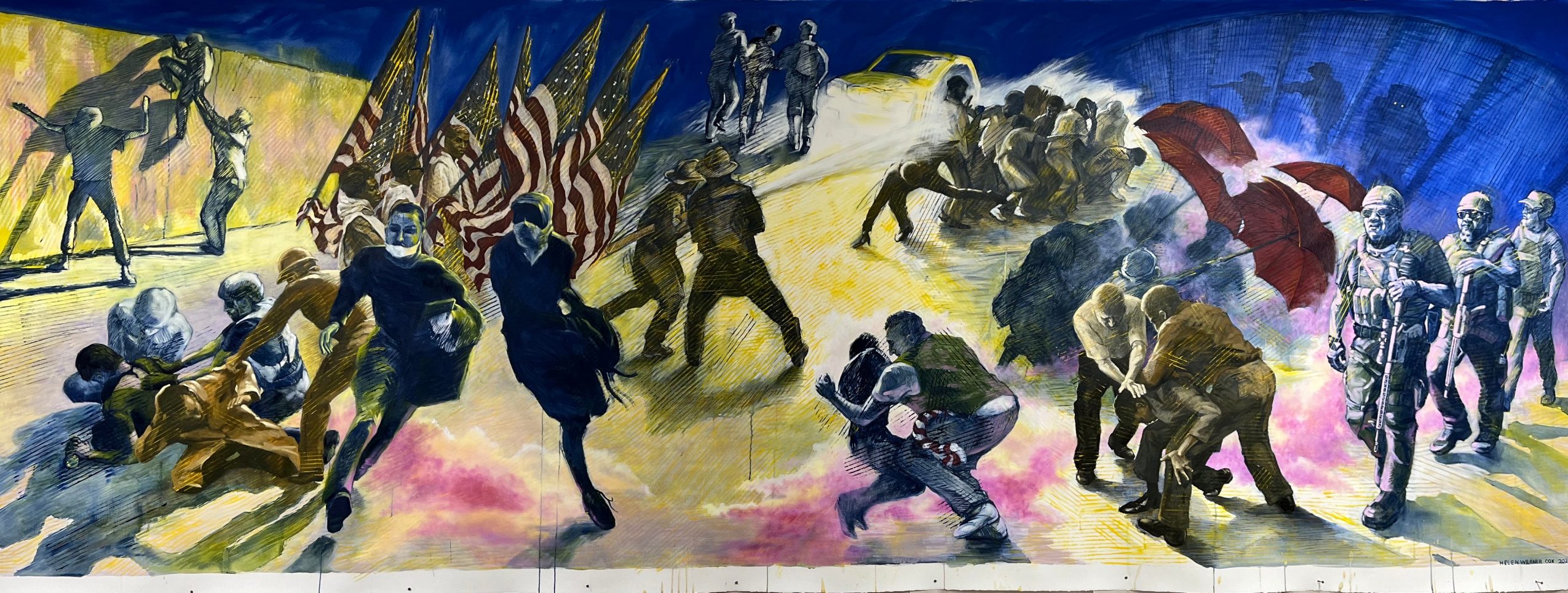
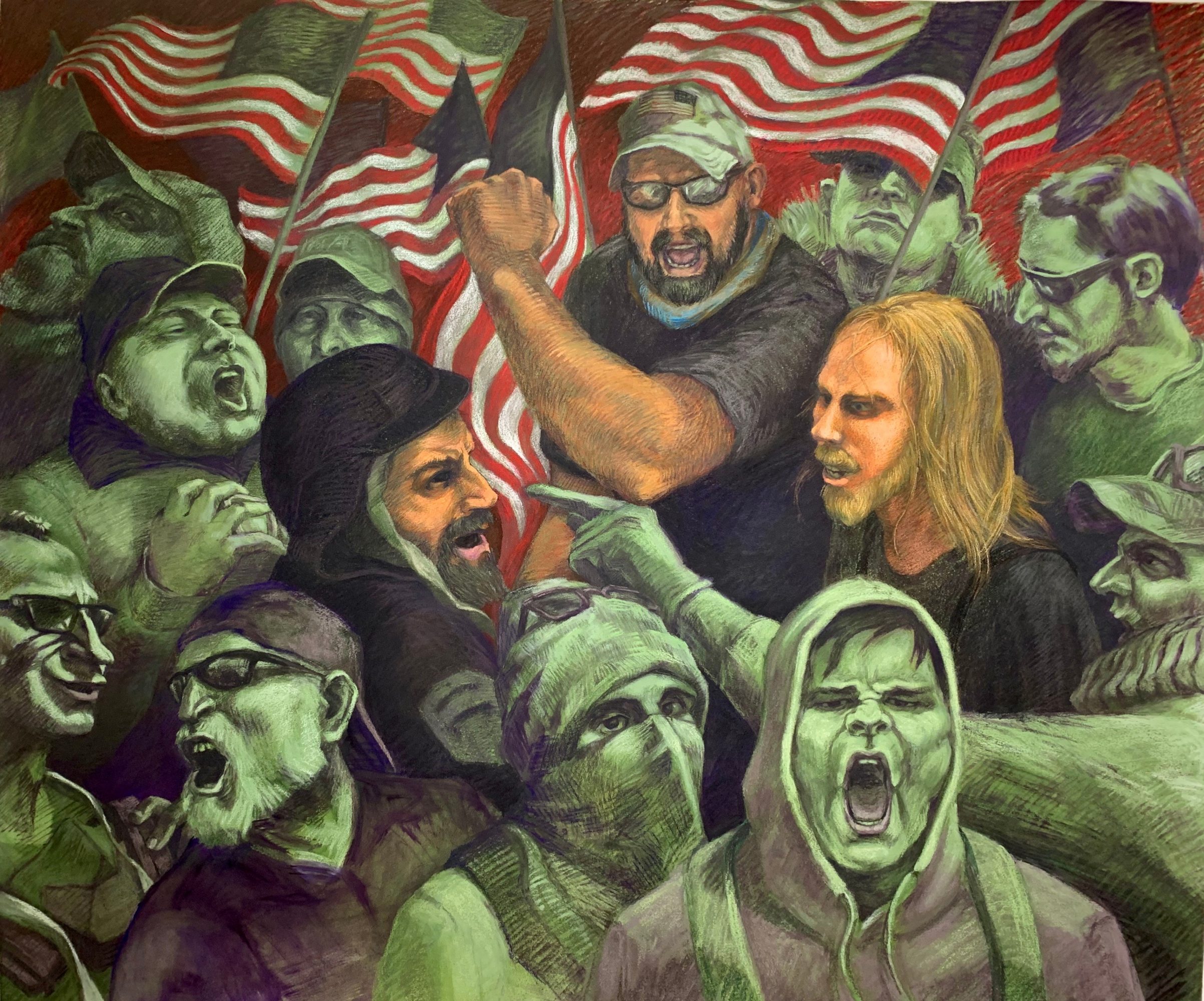
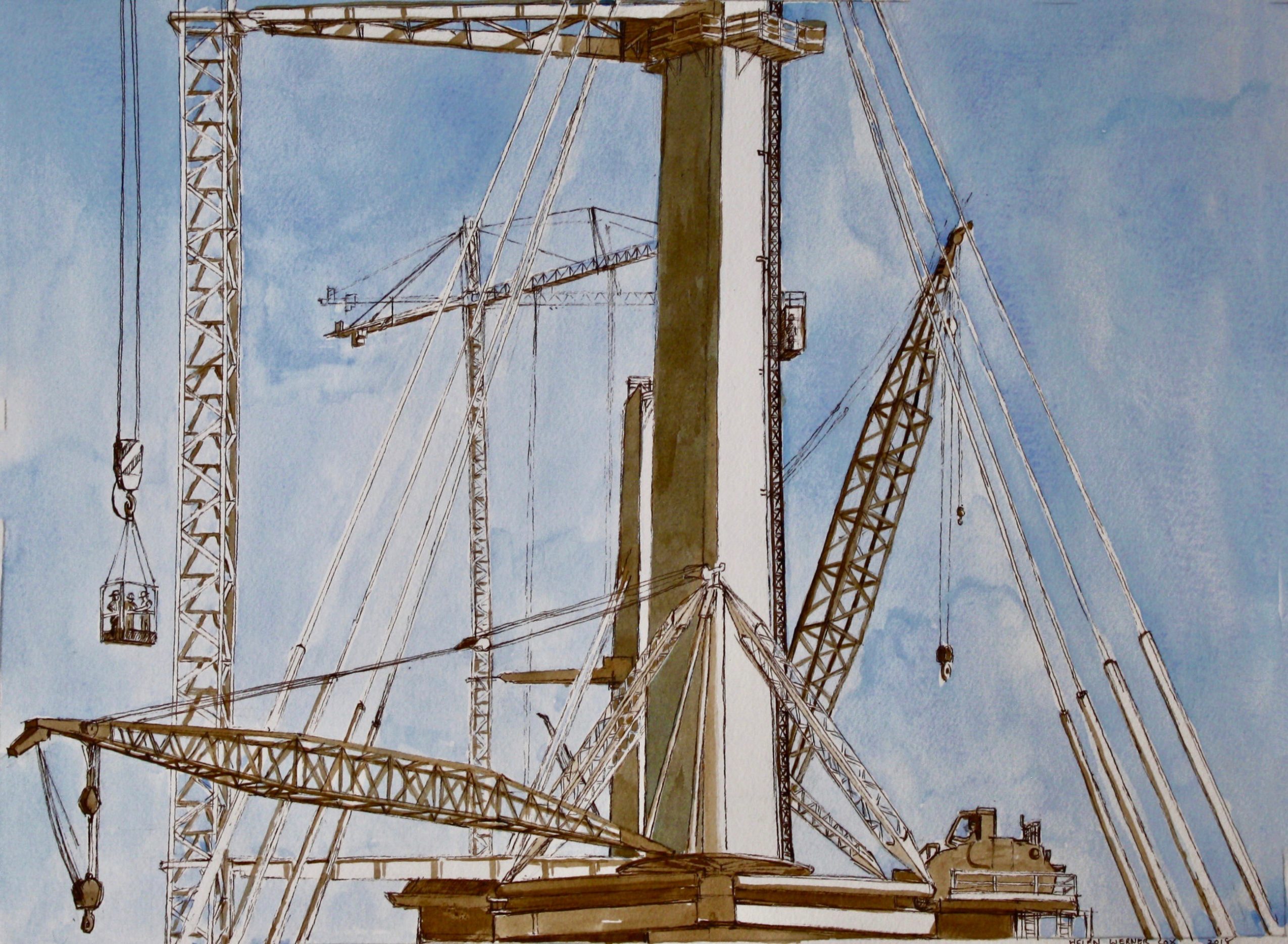
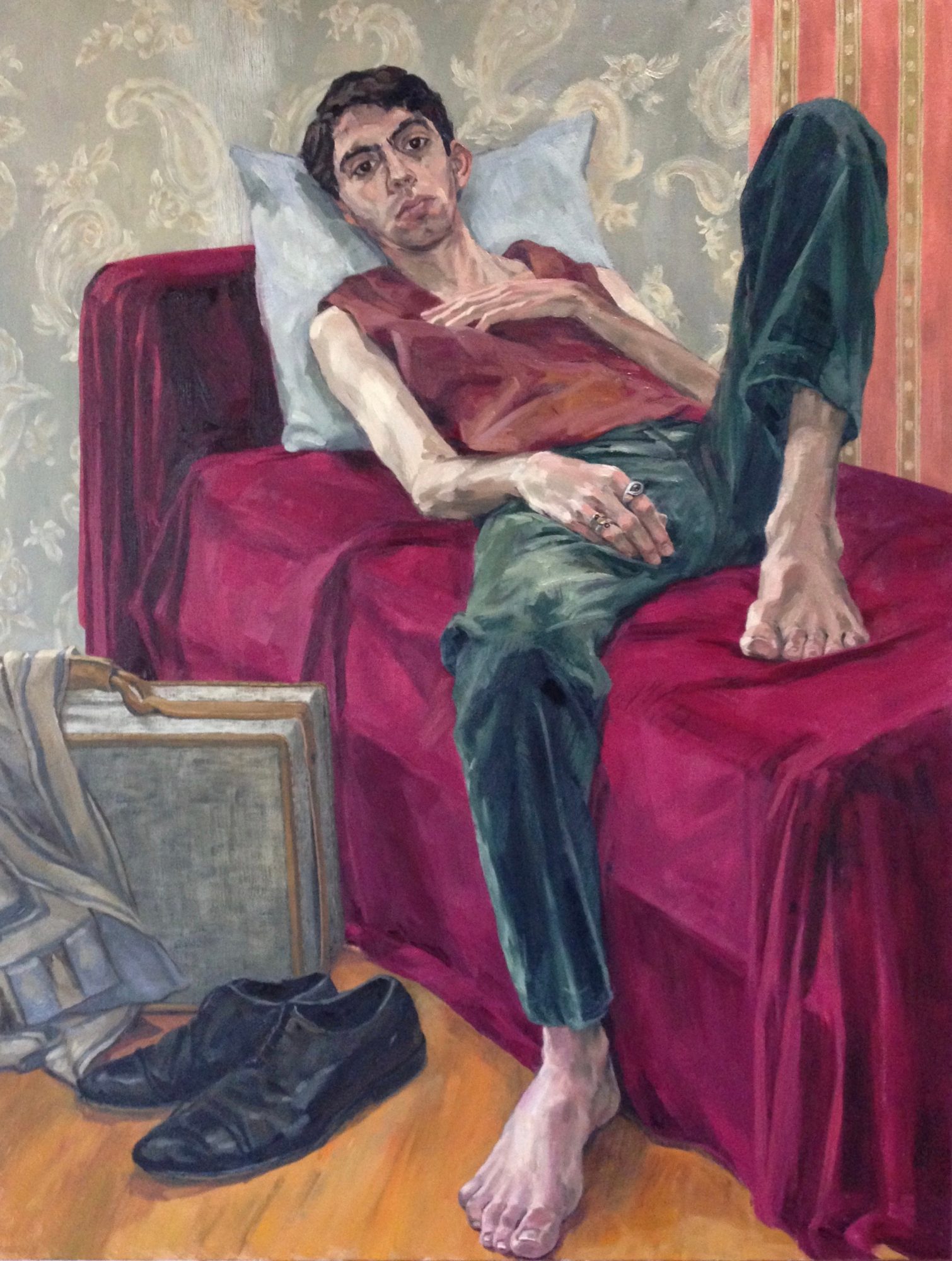
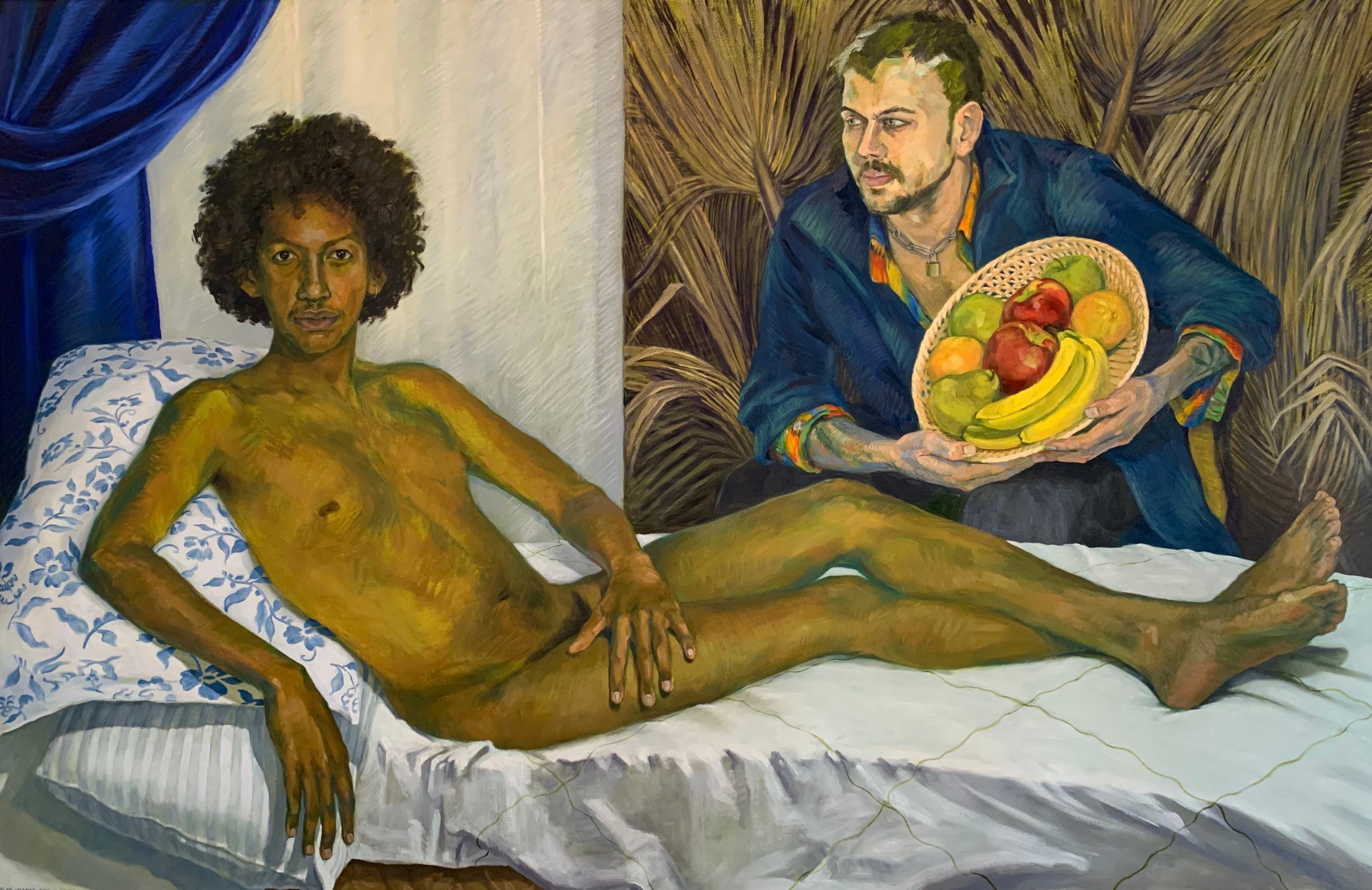 Image Credits
Image Credits
Personal photo: Kathryn Babcock


